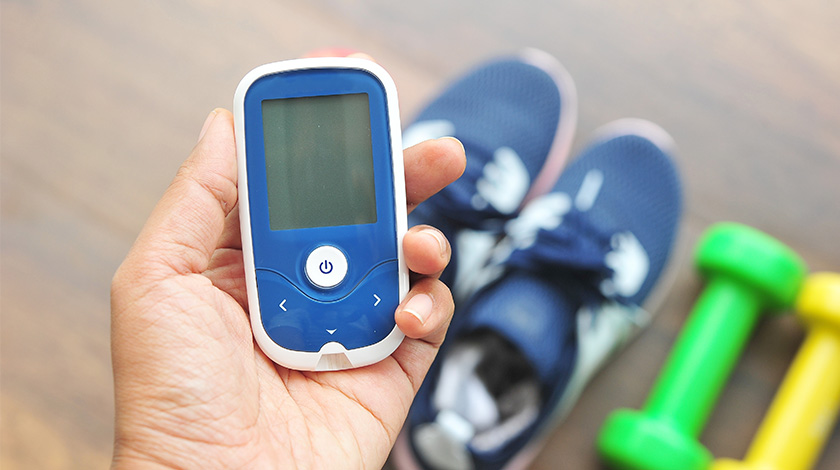With a staggering approximately 10% of Hong Kong’s population suffering from diabete, it’s more important than ever that patients are properly educated about managing their illness. The risk of diabetes complications drastically drops with continuous self-management — for instance, a mere 1% drop in HBA1C level can lead to a 16% decrease in risk of heart failure and a 43% decrease of diabetes-related deaths.
Causes of diabetes
Lifestyle factors are the main causes of diabetes. For example, a chronically poor diet, lack of exercise, and stress are some of the main culprits. Other causes include old age, overweight, and genes. Those who have suffered from gestational diabetes before are more susceptible to diabetes as well.
Symptoms of diabetes
Below are a few general symptoms of diabetes; they are mainly caused by rising blood sugar.
- Increased hunger and thirst
- Frequent urination
- Blurry vision
- Extreme fatigue
How to control & fight diabetes with exercise
Although diet and exercise alone can help some patients to achieve their target blood sugar levels, many also need medications or insulin therapy. The decision about which medications varies, depending on your blood sugar level and any other health problems.
Studies have consistently shown that diabetes patients who lead sedentary lifestyles are at a much higher risk of developing complications such as heart disease, sepsis (which leads to gangrene and often requires amputations) and cataracts. The reason is simple. If your blood glucose levels are excessively high, you’re consuming more glucose than your body can burn for fuel. One solution is to eat less sugar, the second is to burn more calories. Failure to do either spells trouble.
Suggested exercises for people with diabetes

Diabetes sufferers should aim for five 30-minute sessions of moderate to intense physical activity each week. Contrary to marketing hype, you don't need a pricey gym membership or expensive workout equipment to get active. What matters is that you elevate your heart rate and put your body into calorie-burning mode.
Here are some tips for incorporating exercise into your daily schedule.
- Replace your morning commute with a leisurely walk or bike ride. This means you’ll get to work having accomplished a significant part of your fitness goals for the day — what better way to put a spring in your step?
- Take the stairs instead of the elevator.
- Exercise while at your desk or even while you’re on the couch at home watching television. You can do seated leg raises (try balancing some heavy books on your shins for added resistance) or even just flex your abs repeatedly and practice deep breathing exercises. Don’t stop moving.
- Volunteer to do the chores. You’ll have the added incentive of seeing your loved ones light up with delight!
- Go dancing with your partner. It’s a romantic way to spend date night, and calorie-intensive to boot!
Stay disciplined
It can be hard to stay on track with your diabetes management program, but we owe it to ourselves and our loved ones to stay focused and diligent. If you need added motivation, consider joining a diabetes support group, where you can talk about your struggles and gain moral support from people who truly understand you.
Undoubtedly, managing diabetes requires a two-pronged strategy putting equal emphasis on diet and exercise. Find out more from our handy guide to a diabetes-friendly diet.
Stay Protected
Living with diabetes takes a toll on both your body and financial wellbeing. Fortunately, you can still get the peace of mind that comes with Cigna protection.
Sources:

